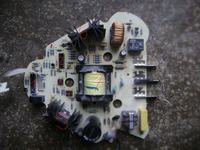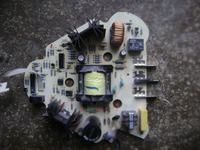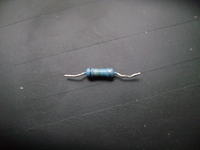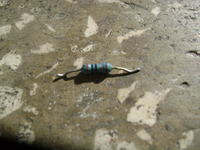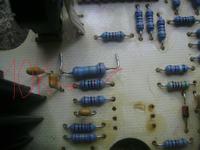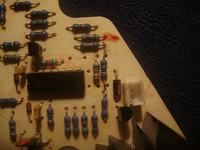Hello
A friend gave me a broken charger with a battery.
After unscrewing it looks like this:

I saw that the fuse is missing:
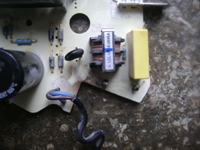
I do not know what fuse was there, but in the manual I write something about BS 1363 / A and BS 1362 but I do not write for what current the fuse should be.
I decided to bypass this fuse and see if the charger works, after bridging and connecting to the electricity the plug crashed.
I measured the resistance on the power cable and there was no short circuit, the resistance is 0.5k Ohm.
After looking at the board, I saw that there is a hole in the thermistor NTC 100-11:
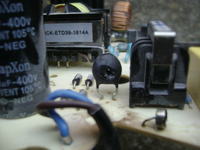
I do not know when this hole in the thermistor was created, whether after bridging the fuse and connecting to the power supply, or if it was already there when I got the charger.
I have a question:
1) Does anyone know what current the fuse should be?
2) Could this thermistor be the cause of a broken charger and should it work after replacement with a new charger?
The charger is operational, I add a diagram of the primary part of the charger, it may be useful to someone:
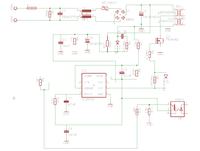
A friend gave me a broken charger with a battery.
After unscrewing it looks like this:

I saw that the fuse is missing:

I do not know what fuse was there, but in the manual I write something about BS 1363 / A and BS 1362 but I do not write for what current the fuse should be.
I decided to bypass this fuse and see if the charger works, after bridging and connecting to the electricity the plug crashed.
I measured the resistance on the power cable and there was no short circuit, the resistance is 0.5k Ohm.
After looking at the board, I saw that there is a hole in the thermistor NTC 100-11:

I do not know when this hole in the thermistor was created, whether after bridging the fuse and connecting to the power supply, or if it was already there when I got the charger.
I have a question:
1) Does anyone know what current the fuse should be?
2) Could this thermistor be the cause of a broken charger and should it work after replacement with a new charger?
The charger is operational, I add a diagram of the primary part of the charger, it may be useful to someone:




